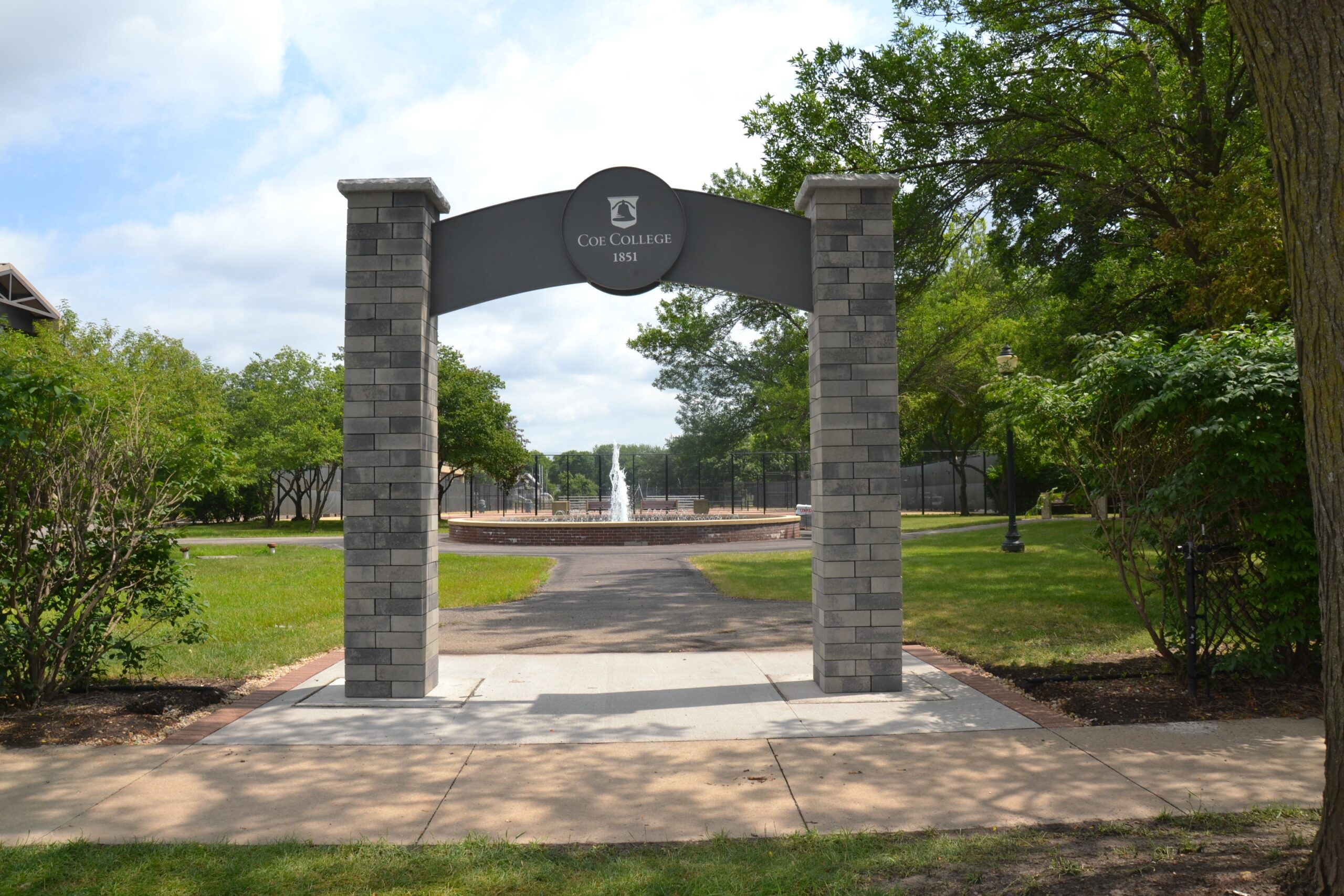The papers that two students wrote last fall for the ACM Tanzania: Ecology & Human Origins program have been published in the 2012 issue of the Midwest Journal of Undergraduate Research (MJUR), a scholarly journal produced annually by students and faculty at Monmouth College with the aim of promoting high quality research by students at ACM colleges.
Abigail (Abby) Beneke, a junior at Lawrence University majoring in anthropology, and Erin Frankson, a St. Olaf College junior with majors in biology and environmental studies, wrote the papers for the field practicum project, one of the four components of the Tanzania Program’s curriculum.
 Fall 2011 Tanzania Program participants.
Fall 2011 Tanzania Program participants.
Photo courtesy of Erin Frankson
Students engage in their practicum projects during six weeks in the field at Tarangire National Park in the northern region of Tanzania. The independent and collaborative field work covers topics in areas such as biology, zoology, environmental studies, geology, archaeology, anthropology, and public health.
A Research Methods course taught by the Visiting Faculty Program Director from an ACM college and three courses taught by University of Dar es Salaam faculty – Human Evolution, Ecology of the Maasai Ecosystem, and Kiswahili language – round out the program’s academic schedule.
James Godde, a biology professor at Monmouth who served as the Director of the fall 2011 Tanzania Program, lauded Beneke and Frankson for the hard work and ingenuity they put into completing their projects.
“Both students actually proposed quite different projects during the initial phase of the program,” he noted. “Those of us who perform research realize that this is quite normal – that projects can change midstream and that the most important thing is to be flexible and to be ready and willing to adapt to conditions in the field.”
Beneke was initially interested in studying the burial practices of the Maasai people who live in the area surrounding the program’s field site. Once she was there, though, she “decided that studying the effect that widespread conversion to Christianity has had on the Maasai culture would be more practical and potentially more interesting,” Godde said.
Interviews and focus groups, conducted with the help of a translator, provided the primary data for the project, which was titled “‘Why do you think there is only one God?’: A study of traditional Maasai believers and Christian Maasai living near Tarangire National Park.”
The majority of her informants, Beneke wrote,
described a peaceful coexistence between traditional Maasai believers and Maasai Christians. On the whole, the trend towards Christianity is seen as a part of life in this community. Community members are generally willing to work together to create situations in which both traditional Maasai believers and Christian Maasai can live peacefully together, by respecting one another’s religious beliefs, as well as their own religious beliefs. In addition, many Maasai Christians are able to maintain both Maasai and Christian identities, because they see ‘Maasai’ as an ethnicity, a culture, rather than an entire identity.
 Erin Frankson at the school in Olasiti, a town near Tarangire National Park, and termite mounds surveyed by Frankson in her project.
Erin Frankson at the school in Olasiti, a town near Tarangire National Park, and termite mounds surveyed by Frankson in her project.
Photos courtesy of Erin Frankson
A termite species found in sub-Saharan Africa and the angled, chimney-shaped mounds the insects build to house their colonies were the subjects of Frankson’s project on “Telling Time with Termite Mounds: Termite mound declination, azimuth, and structure in Tarangire National Park.”
“She, along with David Wilder, another student on the program, formed a team that would head out all day searching for termite mounds and measuring their tilt,” said Godde. The pair surveyed 62 termite mounds, collecting measurements and other data related to their placement and shape, which are properties that regulate temperature and air flow within the mounds.
Frankson hypothesized that the termites build their mounds to point northward at an angle toward the sun’s average zenith, or height in the sky, much like a sundial. The data supported the hypothesis, showing that the termites effectively use the sun as a guide to build mounds that provide an optimal internal environment in which to decompose plant material.
The two students further tested their results – and the resemblance of the termite mounds to sundials – by recording the shadow cast by a mound throughout the day and, in fact, using it to tell time.
“Overall, termites provide vital ecosystem services for the surrounding environment,” Frankson noted in her paper. “Understanding termite behavior and termite mound structure can provide vital information for agriculturalists, ecologists, and researchers worldwide.”
Among the other authors of articles in the current issue of the MJUR are Monmouth College senior Colleen Zumpf, who also participated in the fall 2011 Tanzania Program, and Kristine Gift, a junior at Coe College who will participate in the ACM Newberry Seminar: Research in the Humanities in Chicago this fall.
The MJUR accepts research-based papers from students at ACM colleges on topics in any discipline. Each paper must be sponsored by a faculty member who is familiar with the work. The deadline for submitting articles for the next issue of the Journal is January 15, 2013.
Links:








